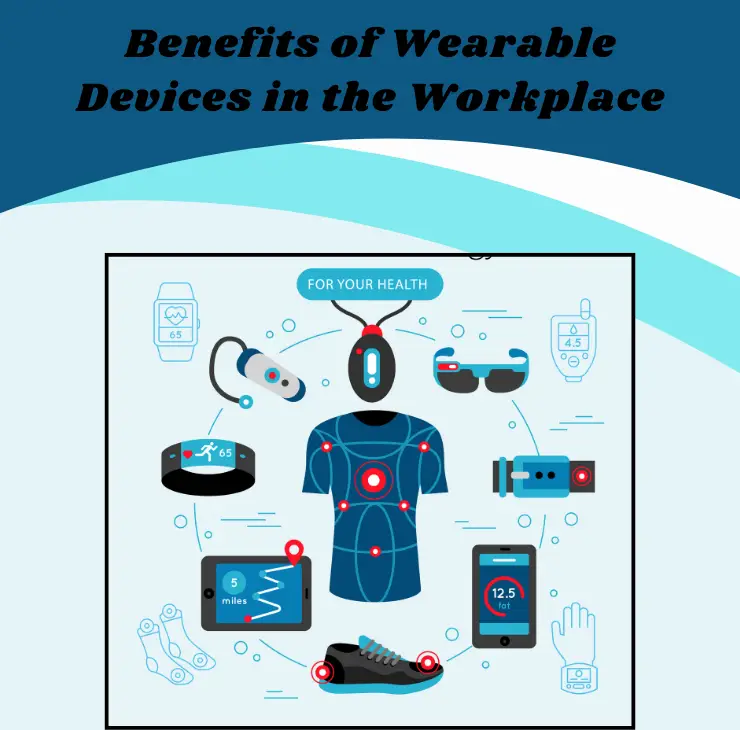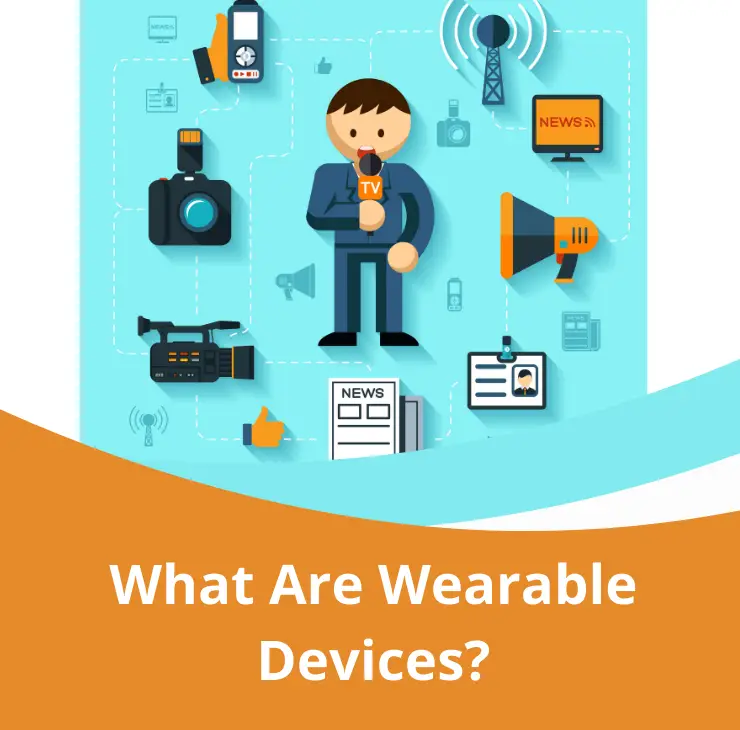As businesses continue to embrace digital transformation, one area that is rapidly evolving is wearable technology. Specifically, wearable devices in the workplace have emerged as a powerful tool for promoting employee productivity, well-being, and overall workplace efficiency. This article will delve into the different types of wearable devices, their benefits, and best practices for integrating them into the workplace.
What Are Wearable Devices?
Wearable devices are electronic gadgets that can be worn on the body, often equipped with advanced sensors and technology. These devices range from fitness trackers and smartwatches to augmented reality glasses and smart clothing. They are designed to collect data, monitor physical activity, and often provide real-time feedback to users.
Types of Wearable Devices
1. Fitness Trackers
- Monitor physical activity levels
- Track heart rate, sleep patterns, and calories burned
⏩Example: Fitbit, Garmin
2. Smartwatches
- Offer notifications, calls, and health monitoring
- Support various apps, enhancing user connectivity
⏩Example: Apple Watch, Samsung Galaxy Watch
3. Head-Mounted Displays (HMDs)
- Provide augmented and virtual reality experiences
- Useful for training and simulations
⏩Example: Microsoft HoloLens, Oculus Quest
4. Smart Clothing
- Embed sensors to monitor physiological data
- Useful in high-risk environments, such as construction or manufacturing
⏩Example: Athos, Hexoskin
5. Location Tracking Devices
- Use GPS technology for real-time location tracking of employees
- Enhance safety in outdoor or hazardous job sites
⏩Example: Wearable GPS trackers
Benefits of Wearable Devices In The Workplace

The integration of wearable devices into the workplace can lead to numerous benefits for both employees and employers, including:
1. Improved Employee Health and Well-being
Wearable devices regularly come equipped with health monitoring capabilities that encourage employees to take an active role in their health. Features like step counting, heart rate monitoring, and sleep tracking can motivate employees to maintain healthier lifestyles. A healthier workforce can lead to fewer sick days and increased productivity.
2. Enhanced Productivity
Wearable devices can streamline various workplace processes. For example, smartwatches can provide real-time notifications about tasks, meeting reminders, and project updates, allowing employees to stay focused without constantly checking their phones or computers.
3. Data-Driven Insights
Wearable technology offers valuable data that can help managers and HR teams make informed decisions. By analyzing data collected from wearable devices, companies can identify trends related to employee health, productivity, and engagement. This insight enables businesses to implement programs that target the specific needs of their workforce.
4. Safety Monitoring
In hazardous work environments, wearable devices can significantly enhance employee safety. Devices that monitor vital signs can alert supervisors if a worker is in distress. Additionally, location tracking can ensure that employees who work in isolated areas can be located quickly in case of an emergency.
Best Practices For Implementing Wearable Devices In The Workplace
While the advantages of wearable devices in the workplace are clear, successful implementation requires careful planning. Here are some best practices:
1. Define Clear Objectives
Before implementing wearable technology, businesses should first define the objectives they hope to achieve. Whether the goal is to improve employee health, increase productivity, or ensure safety, having clear objectives will guide the selection of appropriate devices and strategies.
2. Prioritize Data Privacy
As wearable devices collect sensitive personal data, it is essential to prioritize data privacy. Employers should communicate clearly with employees about what data will be collected, how it will be used, and measures taken to protect their information. Establishing a transparent policy will help build trust and encourage participation.
3. Provide Training and Support
To maximize the benefits of wearable devices, adequate training and support are essential. Employees should be trained on how to use the devices effectively, interpret the data, and set personal health or productivity goals. Providing ongoing support can enhance adoption rates and ensure that employees feel comfortable using the technology.
4. Foster a Culture of Wellness
Integrating wearable devices into the workplace should align with a broader organizational culture that values employee wellness. Businesses can create wellness challenges, offer incentives for achieving health goals, and promote a healthy work-life balance to encourage sustained engagement with the technology.
Conclusion
Given the growing importance of wearable technology in enhancing workplace dynamics, this article highlights the types, benefits, and best practices associated with this technology. Wearable devices are emerging as a cornerstone of modern innovation, and employers can leverage their power for a brighter future in the workplace. Integrating wearable devices could be the key to unlocking a healthier and more productive workforce.






